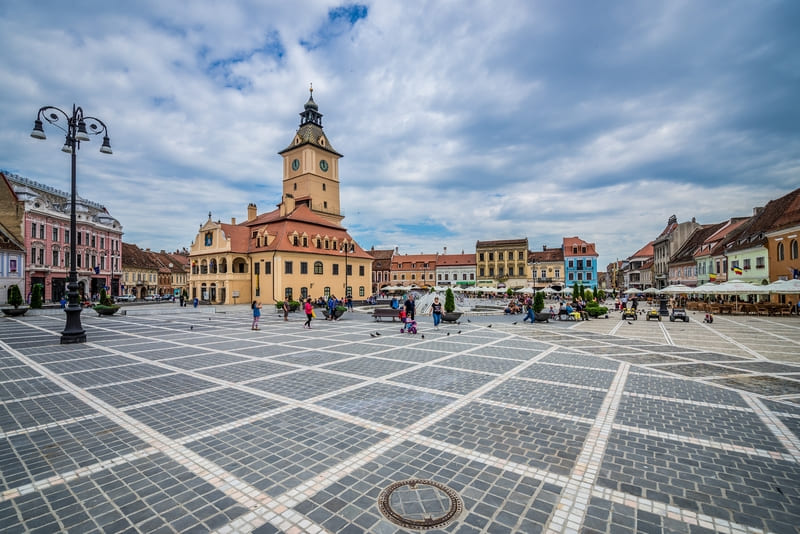How soon will Romania join the Schengen area?
European institutions set up the CVM report back in 2007 when Romania and Bulgaria first joined the EU. The aim was to analyze both countries’ progress in areas including judicial reform and corruption. The next CVM report could easily be the most crucial in the history of Romania’s European integration, as it will show whether the country is ready to join Schengen. Nonetheless, Prime Minister Cîţu is sure his country’s on the right track.
“We will do our best to have a favorable CVM report. If all goes well, and we have already started with the abolition of the SIIJ, and we have a favorable report, we can hope to continue the Schengen accession talks this year”, stated the PM.
At the heart of the matter was the SIIJ, Romania’s contested prosecution body. Romania abolished the SIIJ to follow EU best practices and bring the country closer to Schengen membership.
While Romania and Bulgaria won’t be able to join Schengen without a unanimous vote by EU ministers, the country has a powerful ally in European Commissioner Ylva Johansson. Johansson mentioned how “it’s time for Romania to be a full member of Schengen” and that the Commission was pressuring the European Council ministers to move forward.
How soon will Romania adopt the Euro?
Romania pledged to replace its native currency, the Romanian Leu, with the Euro back in 2007 when it first joined the European Union. Romanian politicians in the last decade have claimed significant progress. Hence, Prime Minister Cîţu is a firm believer that Romania will join the Eurozone in the following years. But that’s a commitment for 2024 and afterward, as the coronavirus pandemic meant significant delays.
A tentative goal for entering the Eurozone would be 2024 or 2025, according to Cîţu. According to the Romanian government’s estimates, full Euro adoption would take place between 2027 and 2028. Naturally, these are predictions that could change greatly in case of large-scale political, social, or economic events.
What is the Schengen area, and why would I need ETIAS to travel to Romania?
The Schengen area is a borderless, passport-less travel zone between 26 European countries. Currently, Romania is not part of this area even though it plans to join. If Romania joins the Schengen area in the years to come, traveling between Romania and other Schengen countries would be significantly easier. You would only require an ETIAS visa waiver and a travel document to do so.
The European Travel Information and Authorization System (ETIAS) will go live in 2025 and impact the lives of hundreds of millions of travelers. The visa ETIAS waiver will be a pre-screening online process for all foreign travelers to Europe. In short, the citizens of 60 countries that previously enjoyed visa-free travel to Europe will soon need this waiver to enter.
The EU set up ETIAS to combat terrorism and enhance security within Schengen borders. But ETIAS won’t become a complete visa program, so it won’t allow foreign citizens to study or work in the EU. Instead, it will enable short travel to Schengen countries for business, touristic, or health purposes.
If you are a citizen of one of the 60 countries which previously enjoyed a visa-free regime with Europe, you will need to get an ETIAS the next time.
Today, despite Romania’s lack of Schengen membership, foreigners can enter the country with a valid Schengen visa. For example, short-stay Romania Schengen visas allow multiple entrances. But if you are looking to study, work, and settle in Romania, you will need a Romanian visa for the time being.
